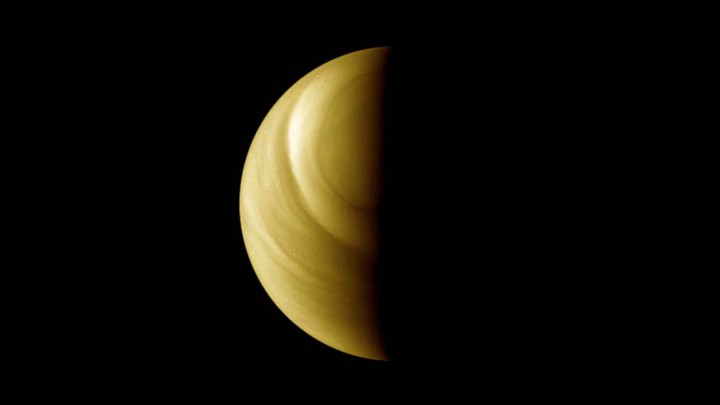TORONTO – Over the last six years, the winds on Venus have been steadily increasing — and scientists don’t know why.

When the European Space Agency’s Venus Express probe reached the planet in 2006, it tracked the clouds at speeds of roughly 300 km/h.
However, recent findings have determined that those speeds have now reached 400 km/h.
“This is an enormous increase in the already high wind speeds known in the atmosphere. Such a large variation has never before been observed on Venus, and we do not yet understand why this occurred,” said a news release from Igor Khatuntsev from the Space Research Institute in Moscow and lead author of the Russian-led paper to be published in the journal Icarus.
Before arriving, scientists knew that the clouds on Venus travelled quickly: though one day on Venus is 117 Earth days long, the clouds move across the planet once every four Earth days. Due to the extreme temperatures — that reach a scorching 471°C — no probe has ever lasted on the surface longer than a few hours. Studying Venus from orbit is the best way to collect long-term data.
Dr. Khatuntsev and his team studied over 45,000 features by hand, while another 350,000 were tracked by a computer.
The second study was conducted by a Japanese-led team, which used their own automated cloud tracking system.
If you’d like to see Venus for yourself, you can spot the bright planet in the west-northwest sky about 40 minutes after sunset. It will be the brightest thing in the sky by far.



Comments